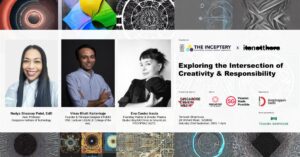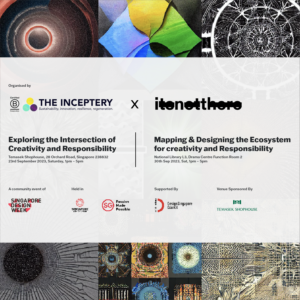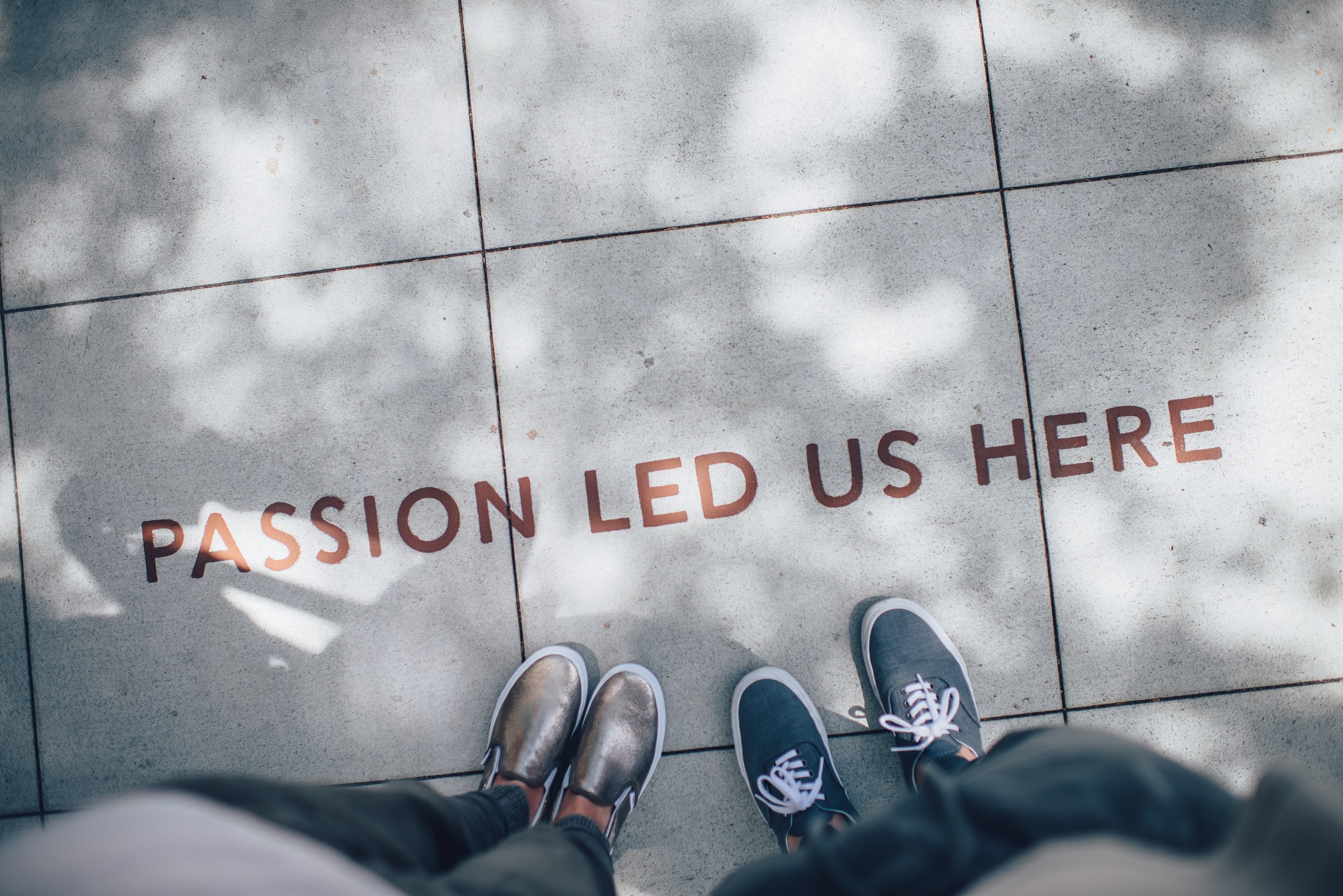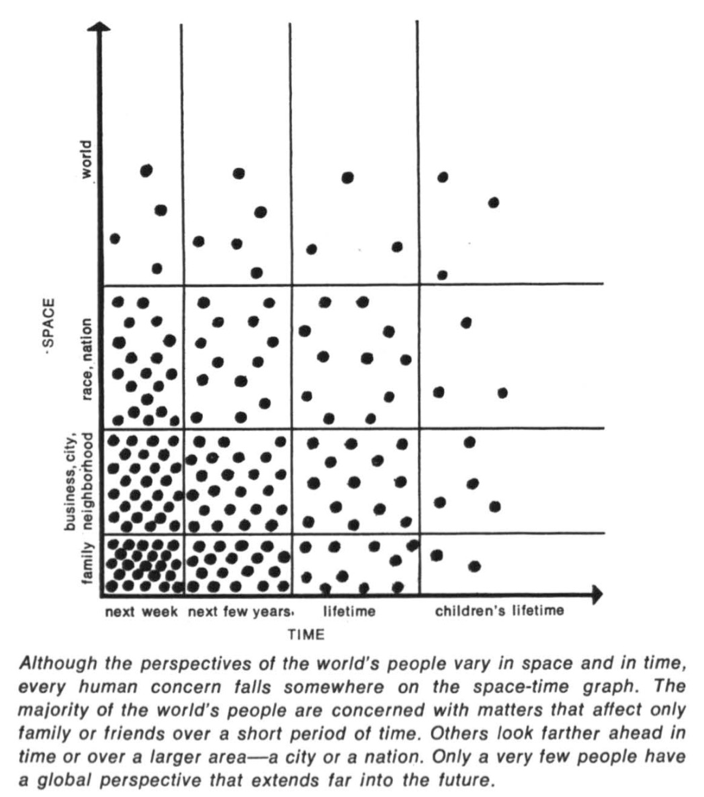Earlier this year, we talked to founder – Jackie Tan of Tripleeyelid; a sustainability-led design company he set up after seeing the huge amount of waste generated from interior design projects. We’ve written a case study blended with an interview outlining their business model, aspirations, and challenges as such a business here in Singapore.
The Need: Environmental sustainability – minimizing waste through upcycling products and bringing them back into the loop. Showing that an environmentally conscious business can be a profitable business.
The Solution: Xcel Industrial Supplies Pte Ltd – a supplier of solder and packaging products – has a lot of wooden pallets as waste. Xcel created a partnership with Triple Eyelid which uses Xcel’s wooden pallets to design and make new furniture; old furniture is being upcycled, and leftover materials from interior design projects are used in design pieces.
The Challenges: The challenge starts with a given size of the wood – a pallet has a given size and the design must take this into account. The goal to minimize waste is a constraint on its own – the design must use the material generating minimal or no waste.
It is difficult to convince Singaporeans to get involved in the DIY process – perhaps due to a lack of free time or the perception of the work. Usually, young Singaporean couples and European ex-pats will be more open to getting involved in the process and the experience.
The Benefits: A proven business case for environmental sustainability through industrial symbiosis – reduced or no costs of materials, subsidized equipment, waste reduction, good reputation, and mutual economic benefits.
The company attracts passionate and talented employees that share its values and mission. Has a positive social impact by providing people that work for the company greater value – value beyond income.
About the company
Triple Eyelid is a boutique design studio founded in 2014 and based in Singapore. It has an environmentally sustainable design at the core of its business. It designs and manufactures products and furniture using discarded industrial waste from local job sites. The company has workshops at Joo Koon and Katang. Driven by entrepreneurial designers, the company’s mission is to redefine, re-design, and most importantly, reduce environmental waste.
From waste to worth
The original idea for the company and its products came from Jackie Tan (the founder) after he saw the amount of waste arising from interior design projects.
Their range of products consists of furniture such as chairs, stools, tables, lamps, and other household products – desk tidies, planters, clocks, and more. These items are made from used wooden pallets, leftover concrete, and metal pieces. They also design commercial/retail merchandising units and interiors.
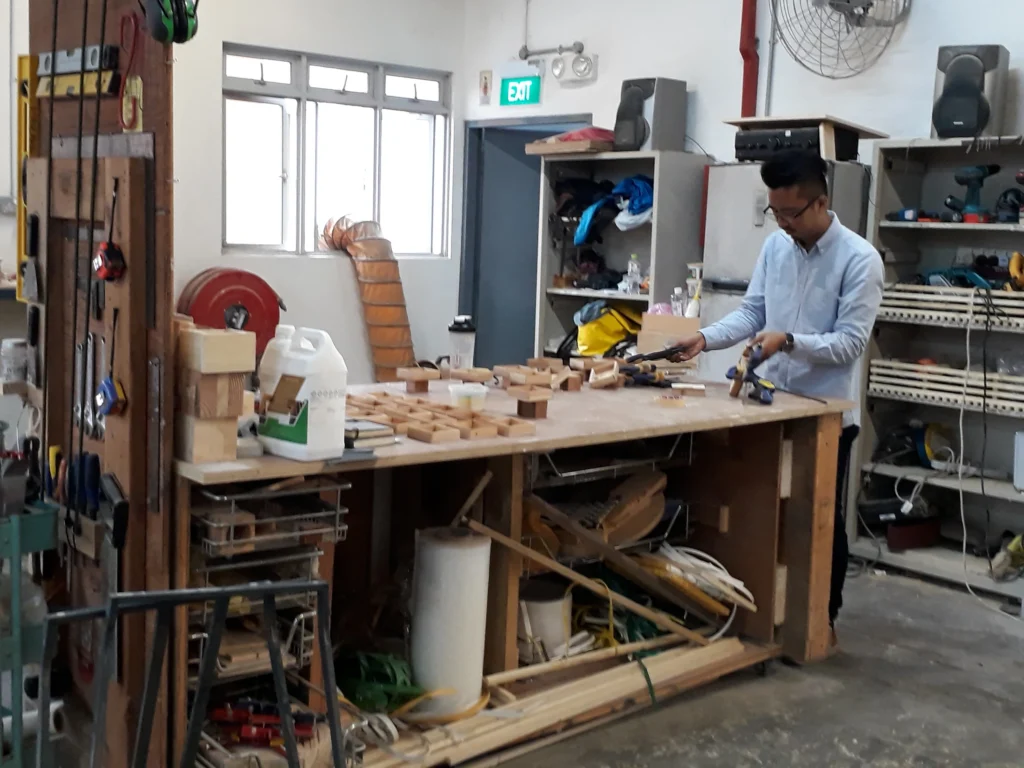
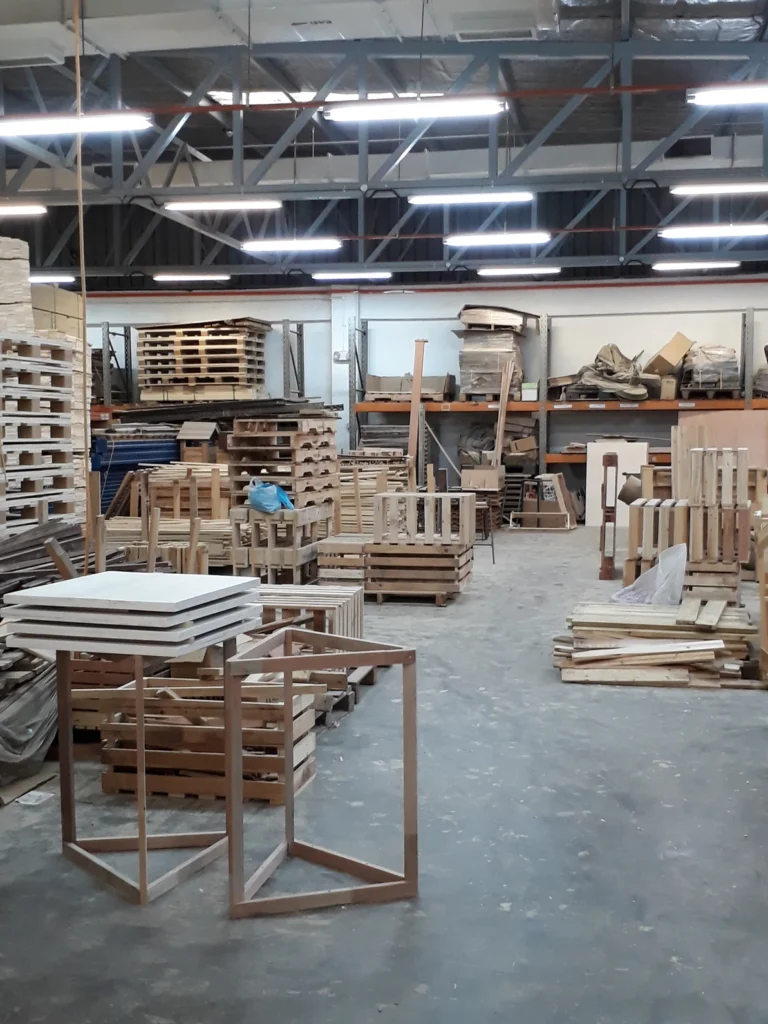
Innovative products and services:
All products and solutions are uniquely designed and made based on waste materials collected. Value creation through the design of highly desirable, functional, and aesthetically pleasing products through the use of discarded industrial by-products otherwise deemed ‘valueless’ waste materials.
Their revenue is derived from 3 areas of the business.
- Reused materials turned into furniture and products.
- Design services for commercial interiors. Simple, useful, and easy-to-make designs to encourage the DIY approach with customers.
- Workshops – learn about upcycling; encourage people to design and make their own furniture for greater value creation. Within the warranty given to the customers, there is an option to fix any fault that appears. Triple Eyelid will always try to maximize the lifespan of the product as much as possible first, but if customers want to discard the product at some point, the product will be taken back into the loop.
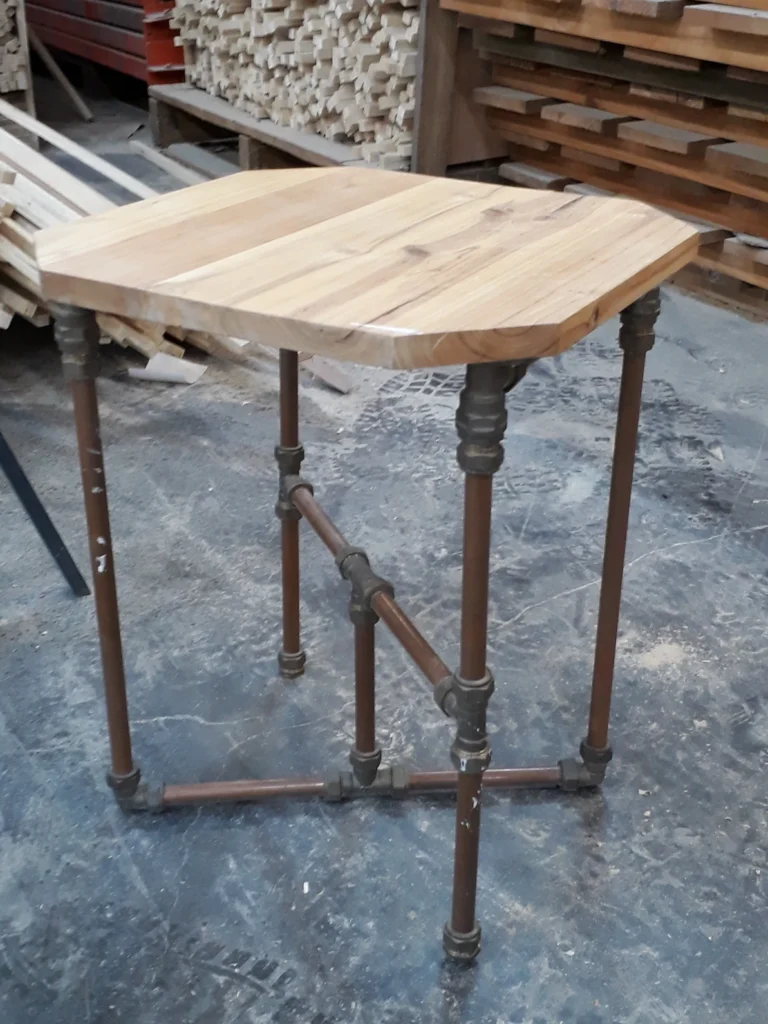
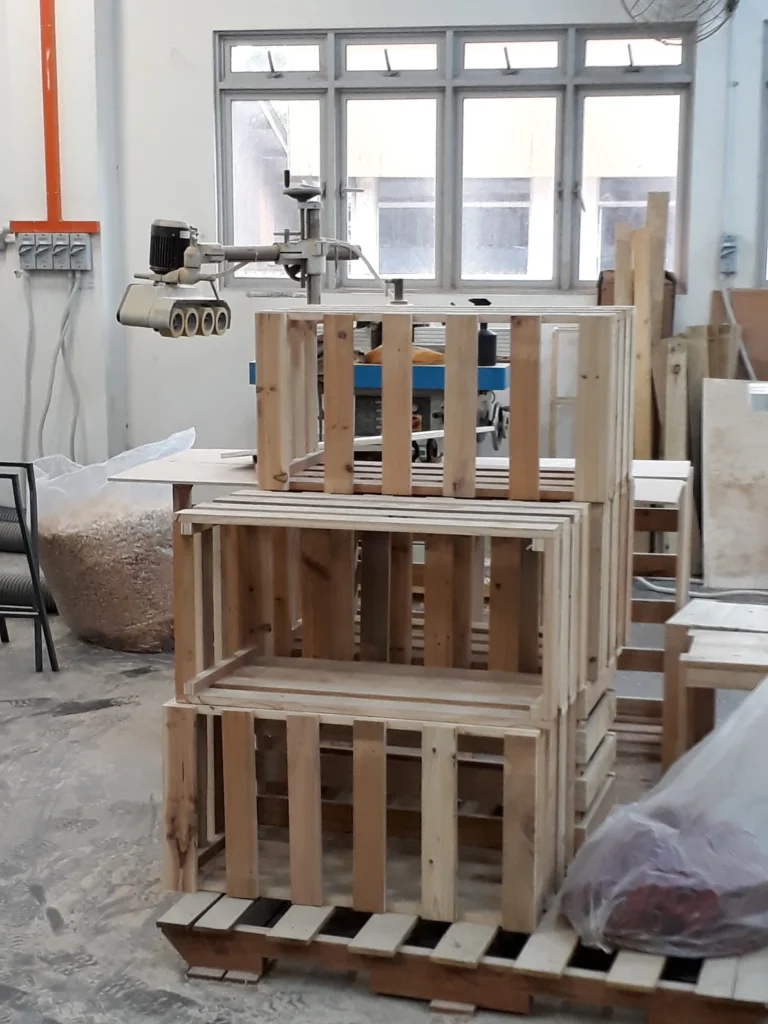
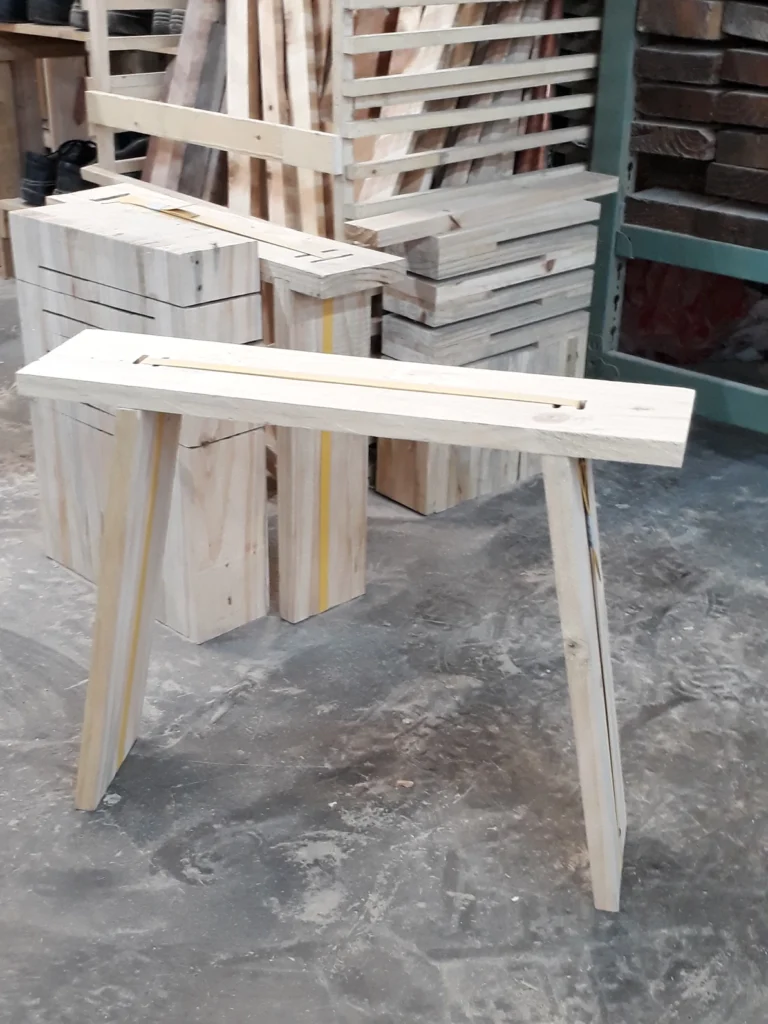
Innovation for Triple Eyelid is…
Clever solutions to an existing problem, would include creativity – designing something people haven’t seen before; choice of material – in the form of upcycling approach and woodworking that reflects the ability to make something new and desirable.
Encouraging clients to build their own furniture, to own, develop connection and relate to their furniture. Customization of products such that they will be used for longer thus reducing unnecessary consumption and waste.
Economic, social, and environmental benefits:
Triple Eyelid takes products and materials which would otherwise be thrown away and transforms them into items of higher value for sale. Within such a process, this includes extending the material lifespan, reducing the number of inputs needed to extract raw materials, reducing the amount of energy needed to create new materials and creation of higher-value items.
Xcel Industrial Supplies Pte Ltd – a supplier of solder and packaging products – are partners that provide materials and space for free and subsidize the machinery Triple Eyelid uses. It’s a partnership that works on a revenue-sharing basis. Such a model can be very useful for startups.
Jackie prefers to work with students because they are very passionate about woodworking and the environment. There are not many places in Singapore where one can learn about carpentry, but Triple Eyelid is one of those places. Everybody working there wants to learn about something different and Jackie tries to match their agenda and that of the company.
Growth and profitability for Triple Eyelid
Environmentally responsible business can be and is, in fact, profitable! For Triple Eyelid the challenge now is to scale up without increasing the expenditure too much. The need for bigger machines and more people is difficult to reconcile – machinery is very expensive; finding people that share the same values and vision of the company and its founders and are willing to work in a workshop is also difficult.
Although the mindset and the market in Singapore and in SEA are changing, it is not happening fast enough to allow easy growth. A big challenge to growth is clients’ perception of waste which renders low demand. There are higher costs of labor and wood processing time when working with reclaimed wood, but the pricing of recycled furniture is not as high as new wood furniture.
It is very challenging to change an established process in the design industry. Jackie thinks designers themselves want to take into account environmental sustainability, but not the owners as it requires more effort and perhaps investment. In the design of the event, for example, the parameter of time is of most importance. The redesign takes longer and might cost more, becoming a significant consideration.
Growth for Triple Eyelid means seeing more people entering this market – making and buying upcycled and sustainable products. In recent years there are more entrepreneurs doing upcycling, not just wood but also metal and glass.
Jackie values the ability to control the designs and the ease of innovation – the perks of a small company. He wants Triple Eyelid to remain artisanal, special, and unique and sees no benefits to growing the company much bigger.


